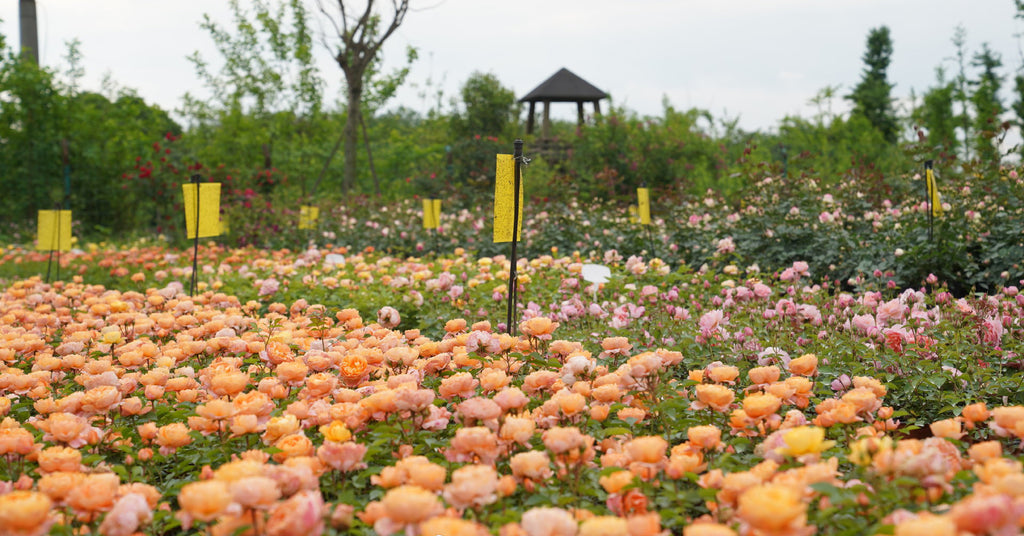By Michael Jenkins

It’s midsummer for many of us, and that means that while our gardens are growing great, the weeds are too! Weeds are just a fact of gardening life; they pop up when you least want them and they’re often difficult to get rid of. Garden weeds are a feature in nearly every garden out there, so part of learning to garden is learning how to deal with weeds.
This is going to be a series in several parts, as we explore what weeds are and how to prevent them and then how to deal with specific common garden weeds. This first part is a basic overview of different classes of weeds, how weeds spread, and how to keep weeds out of your garden.
So, what are weeds exactly? The only real botanical definition of a weed is “a plant that grows where you don’t want it to.” However, as gardeners, we have a few sub-categories we group weeds into, in order to best describe their role in the garden:
- Weed: A plant that causes economic losses or ecological damages, creates health problems for animals or humans, or is simply undesirable where it is growing. Many common garden weeds, like crabgrass or wild lettuce, fall into this category.
- Noxious Weed: Any plantdesignated by federal, state, or local government officials as injurious to public health, agriculture, recreation, wildlife, or property. Noxious weeds are a more serious problem, often subject to laws and regulations designed to contain them.
- Invasive Weed: Weeds which are non-natives and therefore lack natural competitors or enemies to curtail their growth. This allows them to overrun native species and alter local ecosystems. Classic examples are Kudzu and English Ivy, both of which are found throughout wide swaths of North America and cause considerable problems.
Knowing what kind of weeds you’re likely to encounter and how to deal with them is part of having a successful garden. Readers in the US can find lists of noxious weeds by state here, which may be helpful in building an understanding of them. We’ll have future blogs about common weeds by region coming soon.
With that understanding firmly in our minds, how can we best manage weeds in general? Without addressing specific weeds, here are some steps you can take to mitigate weeds in your garden all year long:
- Weed early and weed often! The best way to prevent weeds is to avoid them entirely. While you can control which errant seeds end up in your garden, you can stop them early. Weeding while the weeds in question are still seedlings helps prevent them from seeding out and thus creating more weeds, or establishing roots and spreading that way. Stay vigilant; a little time each day or week goes a long way towards preventing bigger problems later on.
- Dispose of weeds carefully after you’ve pulled them. Leaving pulled weeds lying around risks them spreading by seed or by root section, so throw weeds away in the trash. In general, avoid putting weeds in your compost heap, particularly noxious weeds. Their seeds or root segments can take hold in your compost and give you problems for seasons to come.
- Apply a good layer of mulch where possible to help cut down on weeds. We’ve written about the whys and hows of mulchingelsewhere, so please revisit that blog for ideas about how to best implement good mulch in your garden.
- Pull weeds effectivelyby weeding when the soil is moist and grasping them close to the ground. Pull slowly and firmly to get as much of the root as possible so they don’t grow back!
- Managing perennial weedsis a real trick of gardening. Perennial weeds come back year after year. There are a couple of tricks for them. First, don’t let them get established! If you see a potential perennial weed, pull it early before it takes root. Secondly, manage them aggressively by cutting them back regularly and removing roots as you can. It may take some time, but eventually they may give up. And as always dispose of them in the trash to avoid creating the same problem elsewhere.
- Cut your grass regularlyto help avoid grass or weeds spreading into the garden. It’s a small thing but it really does help!

These are some general approaches and guidelines to get you started on preventing weeds in your own garden. In our next installment in this series, we’ll be learning about local weeds by region and some specific tips for dealing with them. Until then, please share your own tips for weeds and weed mitigation!

Leave a comment